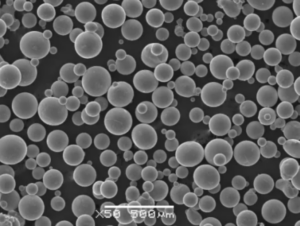Overview of Maraging Steel
Maraging steel is a highly advanced material known for its exceptional strength, toughness, and ease of fabrication. This family of steels is primarily composed of iron, nickel, and a mix of other elements, including cobalt, molybdenum, titanium, and aluminum. What sets maraging steel apart is its unique aging process, which significantly enhances its mechanical properties without sacrificing ductility. This combination of features makes maraging steel a top choice in aerospace, tooling, and high-performance engineering applications.
Composition of Maraging Steel
Maraging steel derives its name from the term “martensitic aging,” which refers to its unique aging process. This process involves the precipitation of intermetallic compounds in a low-carbon martensitic matrix. The key components that make up maraging steel and their roles are outlined below:
| Element | Function | Typical Percentage |
|---|---|---|
| Iron (Fe) | Base metal | Balance |
| Nickel (Ni) | Increases toughness and corrosion resistance | 18-25% |
| Cobalt (Co) | Enhances strength and hardness | 7-12% |
| Molybdenum (Mo) | Improves hardness and creep resistance | 3-6% |
| Titanium (Ti) | Precipitates hard intermetallic compounds | 0.2-2% |
| Aluminum (Al) | Aids in grain refinement and strength | 0.05-0.15% |
| Carbon (C) | Kept very low to avoid brittleness | ≤0.03% |
This carefully controlled composition allows maraging steel to achieve its remarkable properties through heat treatment, which we will discuss later.
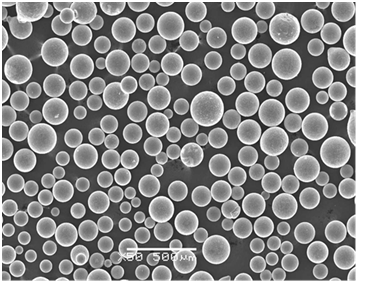
Characteristics of Maraging Steel
Maraging steel is renowned for its combination of mechanical properties that are difficult to achieve with other materials. Let’s dive into some of the most notable characteristics that make maraging steel a preferred material in demanding applications.
1. Exceptional Strength
Maraging steel is known for its ultra-high tensile strength, often exceeding 2000 MPa. This incredible strength is achieved through the aging process, which precipitates intermetallic compounds that reinforce the steel’s structure.
2. High Toughness
Unlike many other high-strength steels, maraging steel maintains excellent toughness. This balance between strength and toughness is crucial in applications where materials must withstand impact or stress without fracturing.
3. Low Carbon Content
The extremely low carbon content of maraging steel (typically less than 0.03%) ensures that it remains ductile and weldable. This is a significant advantage over other high-strength steels, which can become brittle and difficult to work with.
4. Superior Machinability
Despite its high strength, maraging steel is relatively easy to machine. It can be shaped and fabricated into complex components without excessive wear on tools, making it ideal for precision engineering applications.
5. Resistance to Corrosion
Although not as corrosion-resistant as stainless steel, maraging steel offers good resistance to corrosion, particularly when nickel is present in high amounts. This property is beneficial in environments where the material may be exposed to moisture or chemicals.
6. Heat Treatment Process
Maraging steel’s unique aging process is the key to unlocking its superior properties. The steel is first solution annealed at a high temperature to form a soft martensitic structure, then aged at a lower temperature to precipitate hardening particles. This two-step process enhances both strength and toughness.
Types of Maraging Steel
Maraging steel comes in various grades, each tailored to specific applications and performance requirements. The different grades are typically categorized by their nominal yield strength in thousands of psi (ksi).
| Grade | Composition | Yield Strength (ksi/MPa) | Description |
|---|---|---|---|
| Maraging 200 | 18% Ni, 8% Co, 4% Mo, 0.2% Ti, balance Fe | 200 ksi / 1379 MPa | Lowest strength grade, used in less demanding applications. |
| Maraging 250 | 18% Ni, 8.5% Co, 5% Mo, 0.2% Ti, balance Fe | 250 ksi / 1724 MPa | Most commonly used grade, offering a good balance of strength and toughness. |
| Maraging 300 | 18% Ni, 9% Co, 5% Mo, 0.3% Ti, balance Fe | 300 ksi / 2068 MPa | Higher strength, used in aerospace and tooling applications. |
| Maraging 350 | 18% Ni, 12% Co, 5% Mo, 0.4% Ti, balance Fe | 350 ksi / 2413 MPa | Maximum strength grade, used in critical applications. |
| Maraging C-250 | Similar to Maraging 250 but with slightly different alloying elements. | 250 ksi / 1724 MPa | Variant with different aging characteristics. |
| Maraging C-300 | Similar to Maraging 300 with slight modifications in composition. | 300 ksi / 2068 MPa | Offers slightly better weldability and machinability. |
| Maraging T-250 | Variant with titanium modifications for improved toughness. | 250 ksi / 1724 MPa | Better performance in cryogenic temperatures. |
| Maraging T-300 | Titanium-enhanced variant of Maraging 300 for better toughness at high strengths. | 300 ksi / 2068 MPa | Used in high-stress aerospace applications. |
| Maraging 18Ni | 18% Ni, 7% Co, 4.8% Mo, 0.15% Ti, balance Fe | 240 ksi / 1655 MPa | General-purpose grade with good balance of properties. |
| Maraging 18Ni(300) | Modified version of 18Ni for higher strength applications. | 300 ksi / 2068 MPa | Used in high-performance tools and dies. |
Each grade is engineered to meet specific performance criteria, ensuring that the right material is available for every application.
Applications of Maraging Steel
Maraging steel’s unique properties make it ideal for a wide range of high-performance applications across various industries. Let’s explore where maraging steel is commonly used:
| Industry | Application | Description |
|---|---|---|
| Aerospace | Aircraft landing gear, rocket motor casings | High strength-to-weight ratio makes it ideal for aerospace components. |
| Tooling | Die-casting molds, injection molds, extrusion tools | Excellent machinability and durability under high stress and temperature. |
| Automotive | Transmission components, gears, high-performance shafts | Used in high-performance vehicles due to its strength and toughness. |
| Defense | Missile casings, gun barrels, armored vehicles | Provides high strength and resistance to deformation in critical defense components. |
| Sporting Goods | Golf club heads, fencing blades | Lightweight yet strong, perfect for high-performance sporting equipment. |
| Nuclear | Reactor components, radiation shielding | Used in nuclear applications due to its durability and ability to withstand radiation. |
| Marine | Submarine components, naval ship parts | Good corrosion resistance makes it suitable for marine environments. |
| Medical | Surgical instruments, orthopedic implants | Biocompatibility and strength make it ideal for medical devices. |
| Energy | Turbine blades, high-pressure valves | Used in energy sector due to its high-temperature resistance. |
| Industrial Equipment | Bearings, springs, fasteners | Ensures longevity and reliability in industrial machinery. |
Special Note: Additive Manufacturing
Maraging steel is also popular in the field of additive manufacturing (3D printing). Its excellent powder properties and mechanical performance make it ideal for creating complex, high-strength parts with precision.
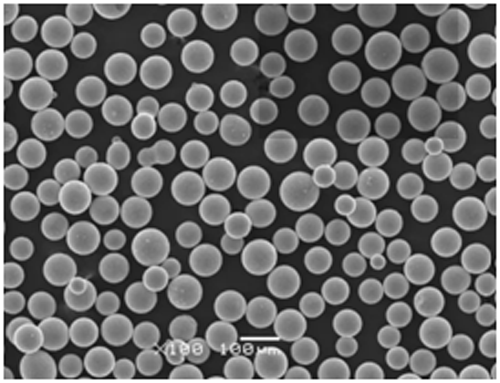
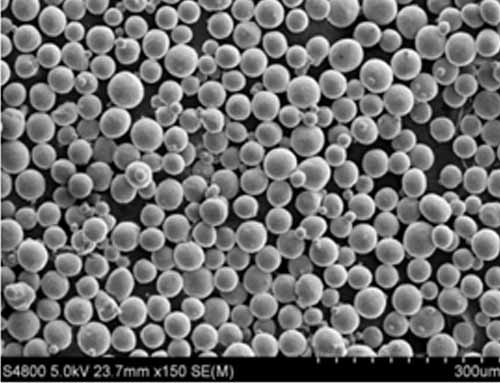

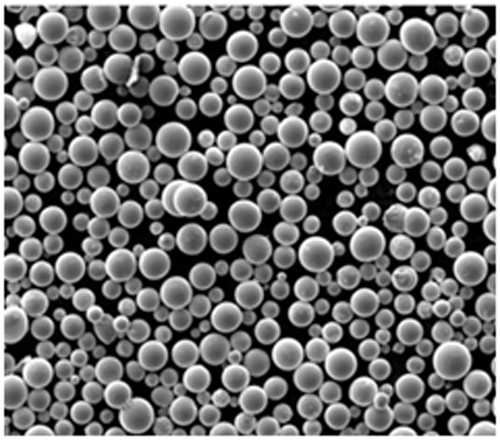


Specifications and Standards
Understanding the specifications and standards for maraging steel is crucial for ensuring that the material meets the necessary requirements for specific applications.
| Specification/Standard | Description |
|---|---|
| ASTM A538/A538M | Standard specification for high-strength low-alloy steel plates. |
| AMS 6521 | Aerospace material specification for maraging steel in solution annealed form. |
| MIL-S-46850 | Military specification for maraging steel, ensuring high-quality production. |
| DIN 1.2709 | European standard for maraging steel used in tool making and aerospace. |
| SAE J467 | Standard for the chemical composition of maraging steels. |
| EN 10088-2 | European standard covering stainless steels, including maraging variants. |
| ISO 4957 | International standard for tool steels, including maraging grades. |
| UNS K93120 | Unified Numbering System (UNS) designation for a common maraging steel grade. |
| BS 4659 | British standard for tool and die steels, including maraging steel. |
| AISI 18Ni(250) | American Iron and Steel Institute (AISI) designation for a specific grade. |
These specifications ensure that maraging steel products are consistent in quality and performance, providing peace of mind for engineers and manufacturers.
Suppliers and Pricing
Finding a reliable supplier and understanding the pricing for maraging steel can be a daunting task. Here’s a table to help you navigate this crucial aspect:
| Supplier | Location | Available Grades | Pricing (USD per kg) | Notes |
|---|---|---|---|---|
| Carpenter Technology | United States | Maraging 250, 300, 350 | $50 – $75 | Leading supplier with a wide range of grades. |
| Böhler-Uddeholm | Austria | Maraging 300, 350 | $55 – $80 | High-quality European manufacturer. |
| Dynamic Metals | United Kingdom | Maraging 200, 250, 300 | $45 – $70 | Specializes in aerospace and defense markets. |
| Hitachi Metals | Japan | Maraging 300, 350, T-300 | $60 – $85 | Renowned for precision and high-grade steels. |
| Allegheny Technologies | United States | Maraging 18Ni(250), 18Ni(300) | $52 – $78 | Strong focus on innovation and quality. |
| VSMPO-AVISMA | Russia | Maraging 250, 300 | $40 – $65 | Competitive pricing for bulk orders. |
| Sandvik Materials | Sweden | Maraging C-250, C-300 | $48 – $73 | Excellent customer service and technical support. |
| Edelstahl Witten-Krefeld | Germany | Maraging 300, 18Ni(300) | $50 – $76 | Known for advanced manufacturing processes. |
| Precision Steel | India | Maraging 200, 250, 350 | $42 – $68 | Cost-effective solutions for large-scale projects. |
| Nippon Steel | Japan | Maraging 250, 300, T-250 | $58 – $82 | Focus on high-performance steels for aerospace. |
Pricing can vary depending on the grade, order volume, and market conditions, so it’s important to contact suppliers directly for quotes.
Advantages and Disadvantages
Maraging steel offers numerous benefits but also comes with some drawbacks. Here’s a comparative overview:
| Advantages | Disadvantages |
|---|---|
| High Strength: Unmatched tensile strength. | Cost: More expensive than other steels. |
| Toughness: Excellent resistance to impact. | Corrosion Resistance: Not as good as stainless steel. |
| Machinability: Easy to machine despite hardness. | Weldability: Requires careful control to avoid cracking. |
| Dimensional Stability: Minimal distortion during heat treatment. | Limited Suppliers: Fewer manufacturers compared to other steels. |
| Versatility: Suitable for a wide range of applications. | Heat Treatment Sensitivity: Precise control needed during aging. |
Understanding these pros and cons will help you determine whether maraging steel is the right material for your specific application.
Comparing Maraging Steel Grades
Choosing the right grade of maraging steel can be challenging. Here’s a side-by-side comparison of some popular grades:
| Property | Maraging 200 | Maraging 250 | Maraging 300 | Maraging 350 |
|---|---|---|---|---|
| Yield Strength (MPa) | 1379 | 1724 | 2068 | 2413 |
| Tensile Strength (MPa) | 1448 | 1793 | 2137 | 2482 |
| Elongation (%) | 12 | 10 | 8 | 6 |
| Hardness (HRC) | 48-50 | 52-54 | 54-56 | 58-60 |
| Toughness | High | Very High | High | Medium |
| Machinability | Excellent | Very Good | Good | Fair |
| Weldability | Very Good | Good | Fair | Poor |
| Applications | Automotive, Marine | Aerospace, Tooling | Aerospace, Defense | Defense, Nuclear |
This table helps in quickly assessing which maraging steel grade is best suited for your needs based on key performance metrics.
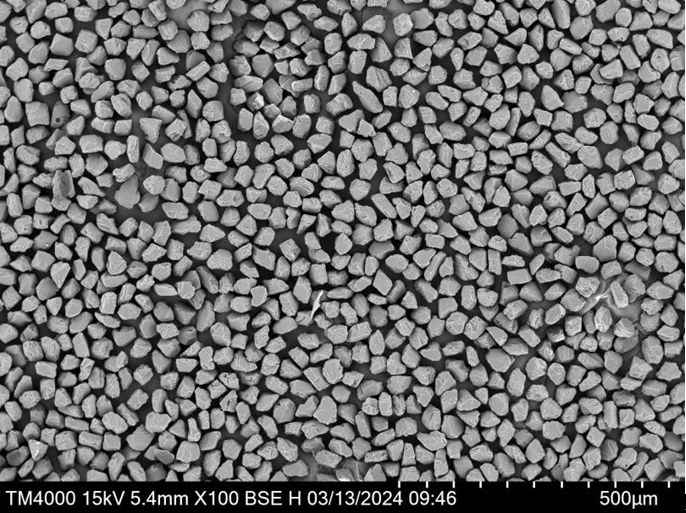
FAQs
To address common questions about maraging steel, here’s a FAQ section that might help clarify some of the more intricate details:
| Question | Answer |
|---|---|
| What is maraging steel? | Maraging steel is a high-strength, low-carbon steel alloy known for its exceptional toughness and machinability. |
| How is maraging steel made? | It is made through a combination of solution annealing and aging, which precipitates intermetallic compounds in the steel. |
| What are the common grades of maraging steel? | Common grades include Maraging 200, 250, 300, and 350, each offering different levels of strength and toughness. |
| What are the typical applications? | Applications range from aerospace components to tooling, automotive parts, and even sporting goods. |
| How does maraging steel compare to other steels? | It offers higher strength and toughness compared to other high-strength steels, but at a higher cost. |
| Can maraging steel be welded? | Yes, but it requires careful control to avoid issues like cracking. Post-weld heat treatment is often necessary. |
| Is maraging steel corrosion-resistant? | It offers good resistance to corrosion but is not as resistant as stainless steel. Surface treatments can improve this. |
| What is the aging process? | Aging is a heat treatment process that strengthens maraging steel by precipitating hardening particles within the material. |
| Why is it called maraging steel? | The name comes from a combination of “martensitic” and “aging,” reflecting the steel’s unique hardening process. |
| Where can I buy maraging steel? | Maraging steel can be purchased from specialized suppliers like Carpenter Technology, Böhler-Uddeholm, and Dynamic Metals. |
Conclusion
Maraging steel is a remarkable material that offers unparalleled strength, toughness, and machinability. Whether you’re in aerospace, defense, automotive, or any other industry that requires high-performance materials, maraging steel has the potential to meet and exceed your expectations. By understanding its composition, characteristics, and applications, you can make informed decisions about which grade and supplier best suits your needs.
This guide has provided a comprehensive overview of maraging steel, from its basic composition to the intricate details of its various grades and applications. Whether you’re selecting materials for a critical project or simply want to learn more about this incredible alloy, this article should serve as a valuable resource.

